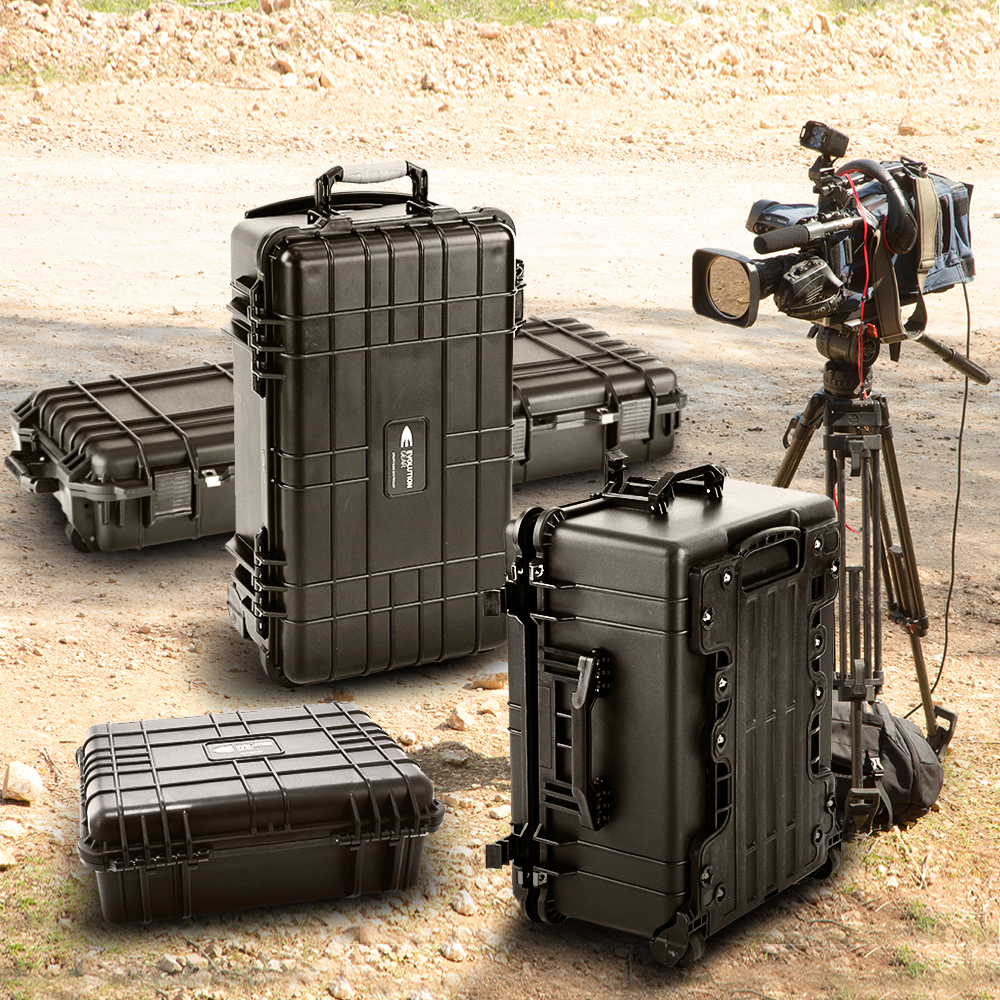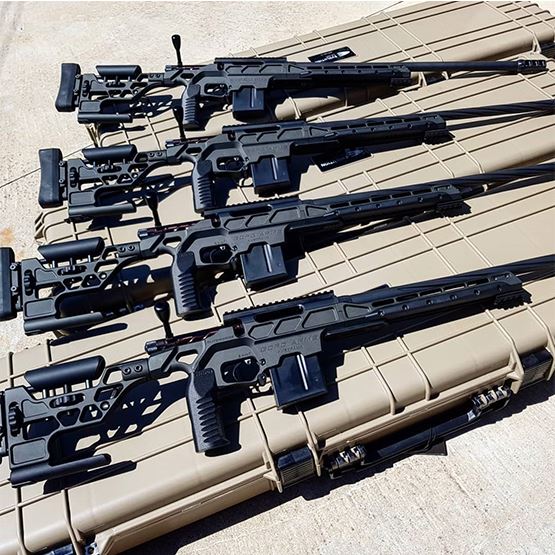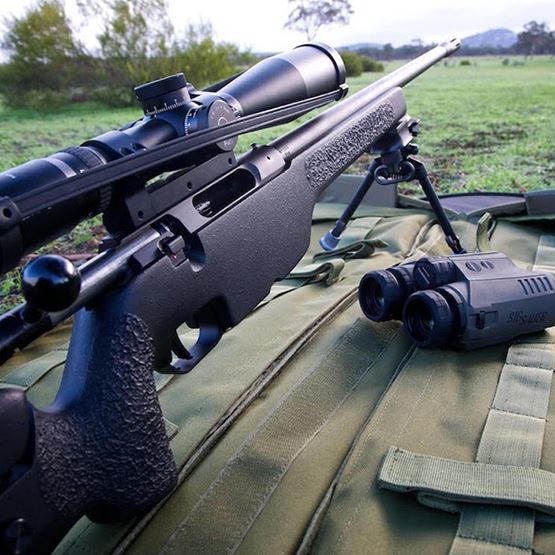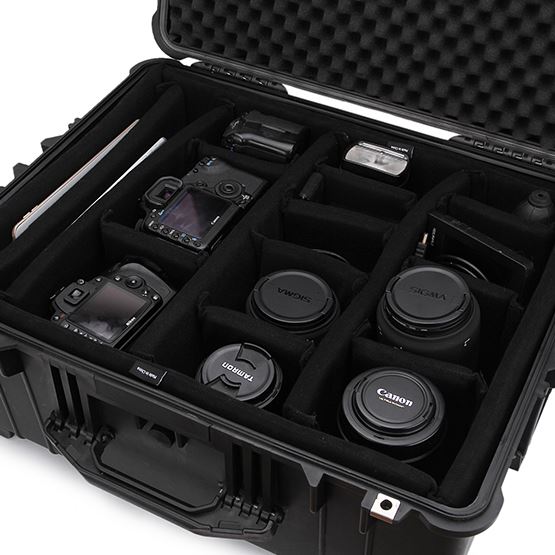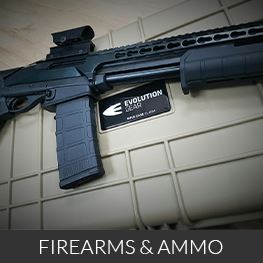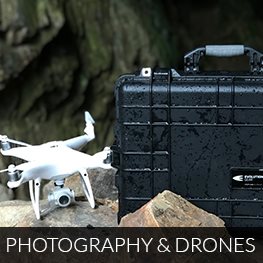How to Pick the Perfect Protective Case for Your Drone or Camera Gear
Author: Evolution Gear Date Posted: 5 August 2025

Protecting drones and camera kits saves money, time and shoots. This guide covers the key features that matter in Australia, from waterproof and dustproof builds to foam fit, trolley designs and real world buying tips.
Need help now? Contact us or browse our Drone Cases and Camera Cases.
What makes a great protective case - key features to look for
Build quality and materials
Look for high impact polypropylene or resin shells with reinforced corners and crushproof walls. IP67 sealing means dust tight and water resistant to 1 m for 30 minutes. Pressure purge valves help with flights and altitude changes.
Foam fit and interior protection
Laser cut or pick and pluck foam secures drones, bodies and lenses. A snug fit reduces vibration and protects delicate parts like gimbals and glass.
Portability and handling
Match carry style to load. Hand carry for compact kits. Wheeled trolley cases for heavy builds and airport runs. Check handle ergonomics and wheel quality.
Weather and environment resistance
O ring seals, gasketed lids and tight latches block dust, spray and moisture. Corrosion resistant hardware is ideal for coastal and outback trips.
Customisation and compartments
Modular foam layouts and accessory bays speed setup. Plan space for batteries, chargers, filters, props and cables.
Types of protective cases and best use scenarios
| Case type | Best for | Key advantages | Things to note |
|---|---|---|---|
| Hard cases | Maximum protection, checked luggage, rough transport | Rigid shell, IP67 sealing, custom foam, stackable | Heavier than soft bags |
| Trolley cases | Airports and long corridors with heavy kits | Wheels and pull handle reduce carry fatigue | Check airline size and weight limits |
| Backpack or hybrid | Hiking to locations, mobile shoots | Hands free, balanced weight, quicker access | Less impact protection than full hard cases |
| Foam cut drone cases | Precise fit for drones and accessories | Zero movement, protects gimbals and antennas | Layout is specific to your kit upgrades may need new foam |
Explore options made for Aussie conditions: Hard Cases, Camera Cases, and Drone Cases.
“Best drone hard case Australia” - what to expect locally
- Price ranges: entry level for small kits, premium for IP67 and trolley builds.
- Warranty and support: local service helps with fast swaps and advice.
- Shipping speed: national delivery avoids customs delays.
- Built for local weather: heat, dust and coastal air demand proper sealing and hardware.
Camera case review elements to check
- User images and videos: real fit and long term use tell the story.
- Durability in action: baggage handler tests, rain days and trail dust.
- Foam quality: high density foam keeps shape and support.
- Sealing and waterproofing: look for genuine gasket performance, not claims.
Buying tips and checklist
- Measure your full kit including props, lenses and chargers.
- Think ahead for upgrades and leave spare space.
- Balance protection vs portability based on how you travel.
- Confirm returns and warranty from a trusted local seller.
Need tailored advice or a custom foam layout? Contact us and our team will help you spec the right case.
FAQs
What does IP67 mean for a case?
IP67 means dust tight and protected against water immersion to 1 m for up to 30 minutes. It is ideal for rain, splashes and rough weather.
Does expensive always mean better?
No. The right case balances shell strength, foam fit and sealing with the way you actually travel and shoot.
Can foam degrade over time?
Low quality foam can compress or crumble. Look for high density foam that keeps shape and support after repeated use.
Are trolley cases allowed on flights?
Most fit within airline rules, but always check current carry on and checked baggage limits for dimensions and weight.
How do I clean and maintain my case?
Wipe the shell with a damp cloth, vacuum foam gently, dry fully and store in a cool, dry place. Inspect seals and latches regularly.

 1300 11 00 96
1300 11 00 96
